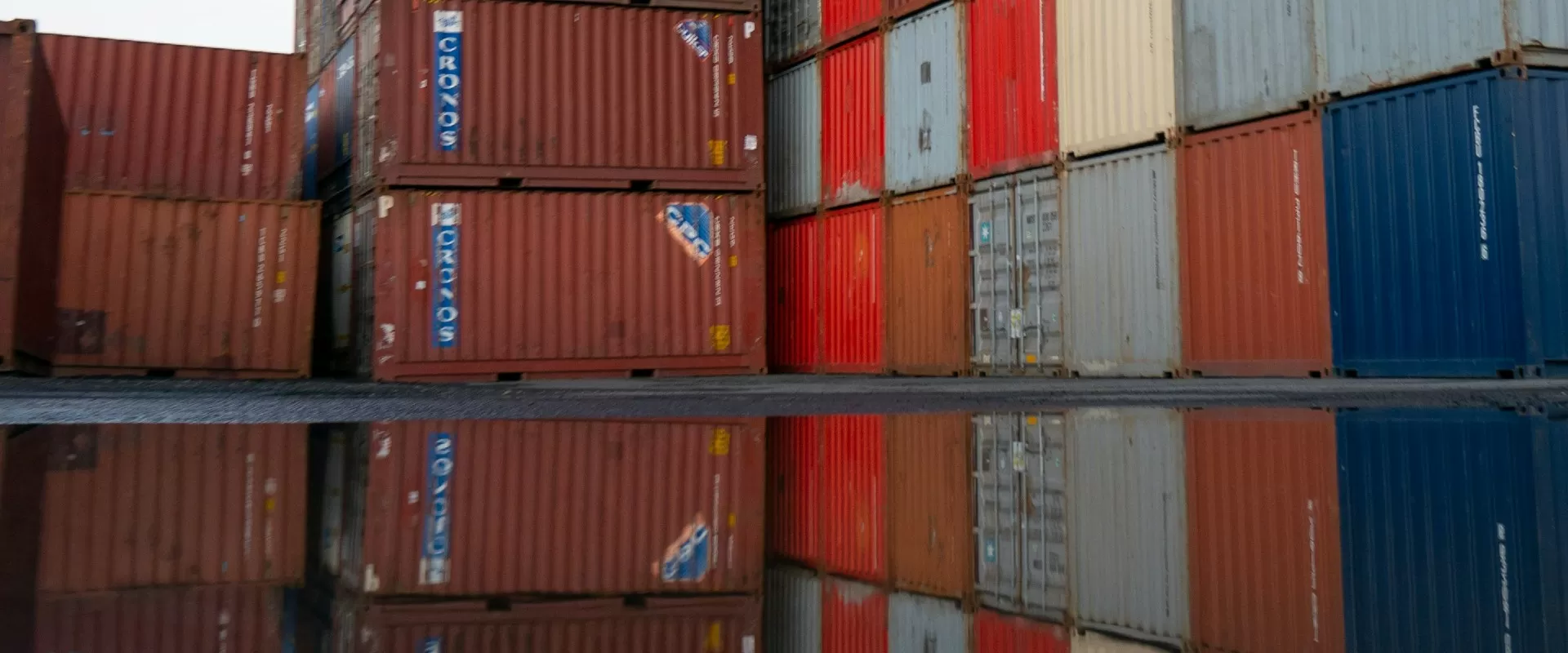On April 2, United States President Donald Trump declared “liberation day,” unveiling a new tariff regime that targets imported goods. This announcement has caused a stir in the global market and has raised concerns about the future of free trade. The move has been met with both praise and criticism, with some applauding the president’s efforts to protect American industries while others fear the potential consequences of a trade war. With this bold move, is the United States signaling the end of the free trade era?
Free trade has been the cornerstone of global economic growth for decades. It has allowed countries to specialize in the production of goods and services, leading to increased efficiency and lower prices for consumers. It has also opened up new markets and created jobs, lifting millions out of poverty. However, in recent years, there has been a growing sentiment that free trade has not benefited everyone equally. Many industries in the United States have been hit hard by the influx of cheap imports, leading to job losses and factory closures. This has fueled the rise of protectionist policies, and President Trump’s “America First” agenda is a prime example of this.
The new tariff regime, which includes a 25% tariff on steel and a 10% tariff on aluminum, is aimed at protecting American industries and workers. The president believes that these tariffs will level the playing field and bring back jobs to the United States. He has also threatened to impose tariffs on other goods, particularly from China, which he believes has been engaging in unfair trade practices. While the intention behind these tariffs may be noble, the potential consequences are concerning.
Firstly, these tariffs could lead to a trade war, with other countries retaliating by imposing their own tariffs on American goods. This could result in a domino effect, ultimately hurting the global economy. Secondly, these tariffs could lead to higher prices for consumers, as companies may pass on the increased costs to their customers. This could also lead to inflation and a decrease in consumer spending, which could have a negative impact on the economy. Finally, these tariffs could harm American industries that rely on imported goods for production, as they may face higher costs and decreased competitiveness in the global market.
Despite these potential consequences, there are some who believe that these tariffs could be a necessary step towards fair trade. They argue that the United States has been at a disadvantage in the global market, and these tariffs will help level the playing field. They also believe that these tariffs will bring back jobs to the United States and revitalize struggling industries. However, it is important to note that the impact of these tariffs will not be immediate, and their effectiveness remains to be seen.
The United States’ move towards protectionism has raised concerns about the future of free trade. Will other countries follow suit and abandon the principles of free trade? Will the global economy suffer as a result? These are valid questions that need to be addressed. However, it is important to remember that free trade has brought about many benefits, and it would be a mistake to completely abandon it.
In conclusion, President Trump’s declaration of “liberation day” and the unveiling of a new tariff regime has sparked a debate about the future of free trade. While the intention behind these tariffs may be to protect American industries and workers, the potential consequences cannot be ignored. It is crucial for the United States to carefully consider the impact of these tariffs and work towards finding a balance between protecting its industries and maintaining a healthy global economy. The end of the free trade era may not be inevitable, but it is important to address the concerns and challenges that have arisen in order to ensure a fair and prosperous global market for all.

